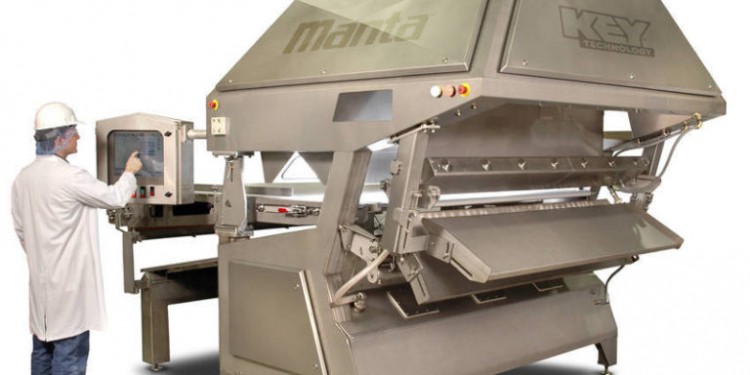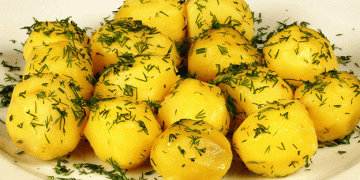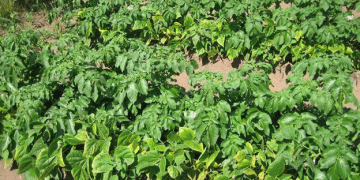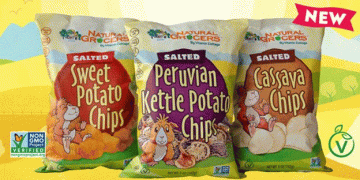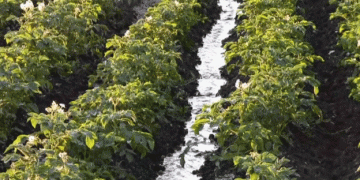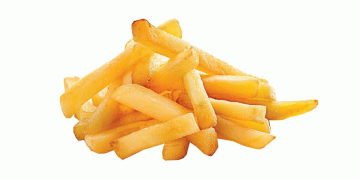Technological development is fast changing and the industry needs to keep pace. Key technology’s Marco Azzaretti outlines some ways in which this can happen and be of benefit to processors.
The fast pace of technology development is fuelling the rapidly expanding capabilities of electronic inspection equipment to deliver new value to potato processors.
In addition to enhancing the effectiveness of sorters to achieve better results, new technology is enabling completely new sorting decisions that hold tremendous potential to address many of today’s product quality challenges.
There are several leading-edge advancements on the horizon that promise to change the landscape of traditional optical sorting and usher in a new era of digital sorting with new sensors and greater software-driven intelligence.
Forward-thinking potato processors that become the early adopters will be the first to transform industry threats like sugar ends and zebra chips into opportunities to pull ahead of the competition by leveraging new technology that optimises product quality and maximises yields in new ways.
French fries and potato chips processed from sugar end potatoes exhibit undesirable dark brown areas after frying that are caused by the higher concentration of reducing sugars caramelising.
The anomaly is also referred to as ‘glassy end’, ‘translucent end’ and ‘jelly end’.
Much work has been done, and research continues, to pinpoint the causes of this physiological tuber problem so steps can be taken to manage those conditions and better control it.
Largely weather-caused, other factors such as field selection, crop rotation, irrigation practices, tillage, fertilisation, planting, harvesting and storage are under scrutiny.
Weather Woes
Since weather plays such a big part in causing sugar ends, with minimal aid from improved farming practices, potato processors will need to continue to manage often complex logistics regarding storage, crop shifting and blending and also remove/modify affected products to achieve their final product quality specifications. The challenge is that sugar ends are invisible to traditional cameras and lasers until after the product has been thoroughly fried.
New sorter capabilities are needed to detect and remove sugar ends and zebra chips on potato strip production lines and before frying on potato chip lines.
New-generation sorters that feature multispectral and hyperspectral imaging systems show tremendous potential in detecting sugar ends and zebra chips prior to frying, as well as other invisible potato defects.
When complemented by capable algorithm and software intelligence, this new kind of sensor essentially enables sorting on the chemical composition of the product.
Hyperspectral systems
Hyperspectral systems can divide light into hundreds of narrow bands over a continuous range that covers a vast portion of the electromagnetic spectrum that extends beyond the visible.
Compared to the three data points collected by trichromatic cameras, hyperspectral cameras can collect hundreds of data points, which are combined to create a unique “fingerprint” for each object.
The hyperspectral sorter then processes those fingerprints to intelligently remove visible and invisible defects and foreign material.
It’s possible to incorporate hyperspectral imaging on freefall and belt sorters for inspecting frozen strips, wet strips and potato chips, and on whole potato sorters inspecting peeled or unpeeled tubers prior to cutting.
Related stories: Michelle LaBrosse – Keeping Momentum
There are significant operational advantages associated with locating these powerful detection capabilities upstream so the processor doesn’t invest resources in processing defective product.

While new sensing technologies are being introduced to expand sorting capabilities, new software and algorithms are also being developed to enable sorters to make new kinds of decisions.
Sort-to-Grade and Strip-Length-Control are two examples of softwaredriven advancements for potato strip processors, and real-time data fusion is a new advancement that could benefit any food processor.
With Sort-to-Grade, accept/reject decisions consider the size and colour of each defect and, most importantly, how potentially passing that particular defect will affect the overall final product quality in comparison to product specifications.
Sort-to-Grade is a dynamic solution that allows a processor to establish its target grade, and then automatically adjusts the sorter to stay on grade as incoming product conditions change, without manual intervention.
This new capability enables sorting systems to objectively sort defects by count in real-time with 100 percent inspection. Sorting foreign material (FM) remains unchanged, since every processor is looking to remove 100 per cent of FM regardless of count.
Strip-Length-Control is a subset of Sort-to-Grade that focuses on strip length.
It is also dynamic in that it automatically preserves the length profile of final product despite the length of incoming strips fluctuating as the sizes of whole potatoes vary.
Read the full story in the September/October issue of Potato Processing International.
Expert’s Resume
Marco Azzaretti is Optical Product Manager at Key technology and is responsible for managing activities that support the development and sales of Key’s laser/camera sorting systems which identify and remove defects and foreign material (FM) to improve product quality and food safety.
With his strong background in strategic product management and the food processing industry, Azzaretti has15 years of leadership experience in product management with suppliers of food processing technology and other automation equipment. He holds a bachelor’s degree in business from Xavier University and earned his MBA from Northwestern University.
